It’s both a tale of dereliction and redemption.
America’s only major museum dedicated to preserving Puerto Rican artifacts is undergoing an expansion, but not until it clears up a scandal involving the construction of an addition at its current site, a uniquely historical building in the city’s Humboldt Park neigbourhood on Chicago’s Near Northwest Side.
It all started when the museum decided to construct an archive to contain not just memorabilia from the stateside Puerto Rican community but an official trove from the Caribbean state itself.
Former city alderman and museum president Billy Ocasio decided to go ahead and hire a contractor to construct the staid cinderblock building but without the regular slate of city approvals, or consultations with the local neighborhood.
“As they say, Chicago, it’s the ‘city that Works,’” Ward Miller, executive director of Preservation Chicago chuckles, about the way in which the museum sought to eclipse official approvals to get a job done. That, Miller said, is not unknown in this city’s sometimes notorious past, dependent on political ties and who-knows-whom. “I think that’s changing a little bit, but it used to mean that if you were politically connected there were a lot of things you could do that the average Joe maybe couldn’t.”
In fact, alarmed that the museum, which it otherwise wholeheartedly supports as a bonafide repository of Puerto Rican history, cut corners on the significant build, Preservation Chicago undertook its own study of the ill-fated construction process, publishing a report of what went wrong.
But first a little about the museum itself.
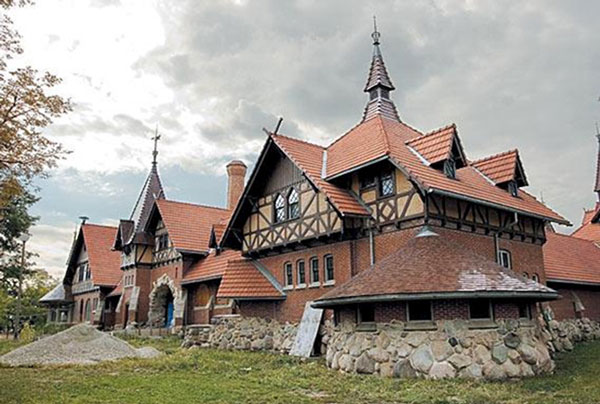
The National Museum of Puerto Rican Arts and Culture has occupied, at nominal rent to the city, the historic 1895 “old German” styled Humboldt Park Receptory Building and Stable.
Unique in the city it’s composed, says a heritage site, of a foundation of rusticated field stones, red pressed brick, a half-timbered second floor and steeply pitched cross-gable roofs and dormers.
Along with a pair of turrets, it looks like something out of Hansel and Gretel. Designed to fit into the bucolic park around it, at one time it housed horse stables, gardening equipment and a caretaker’s office.
The report is indeed damning, bluntly calling out museum leadership for “violating the rules, procedures, and laws of every government institution it encountered along the way.”
Among the flagrant violations, the museum “misrepresented the scope” of work, “dramatically changed” the original scope, and “submitted inconsistent information” on applications; the community also was “left out” of the process.
But even Miller, a seasoned civic activist and architect, was astonished by such rule-clipping.
“It’s hard to believe that a building of this size could go up on the public lands,” he said.
Museum CEO Ocasio declined an interview request from the Daily Commercial News.
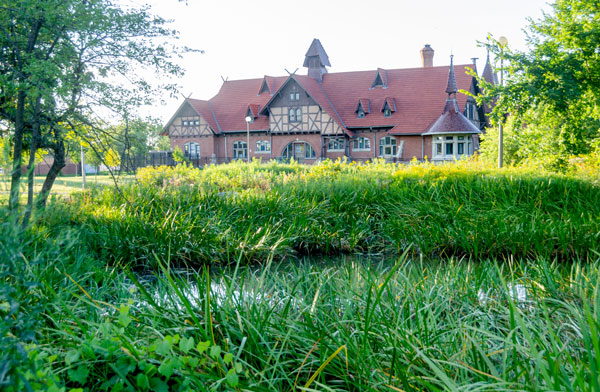
But all’s well that ends well. After Preservation Chicago and others called out the museum, officials halted work and did an abrupt U-turn.
Despite Preservation Chicago’s hard hitting report, Miller made clear the intention was never to hurt the museum.
“We did not want to alienate the community (or) harm the museum.”
The city issued a stop work order in September 2022.
Aided with the help of Ald. Jessie Fuentes, the museum agreed to find an alternative site.
In early October Ocasio abjectly apologized at a public meeting.
“I should have been more aggressive in seeking clarifications from the various departments involved in such an endeavor, and I take responsibility for the negative reactions some of the community has had to the project as a result,” the Chicago Tribune reported him saying.
Miller applauded Ocasio’s remorse.
“I think that was felt in the community,” he said. “But to see him and the alderwoman (Fuentes) and the community come to some type of good resolution was really remarkable.”
With Fuentes’ help a new location for the archives has been chosen, further along Division Street in Paseo Boricua, an historic neighborhood, between two large sculptures of Puerto Rican flags.
The semi-constructed addition has yet to be torn down. But the museum plans in its place an outdoor programming area and sculpture garden as well as enclosing the museum’s courtyard in glass for events throughout the year.
Plans for the new archives aren’t finalized, but Miller is excited about future plans and the new location, saying it will “further unite” the museum to the Puerto Rican community.
“It’s a happy moment in time for the museum looking to the future and we’re very pleased with the proposed solution.”


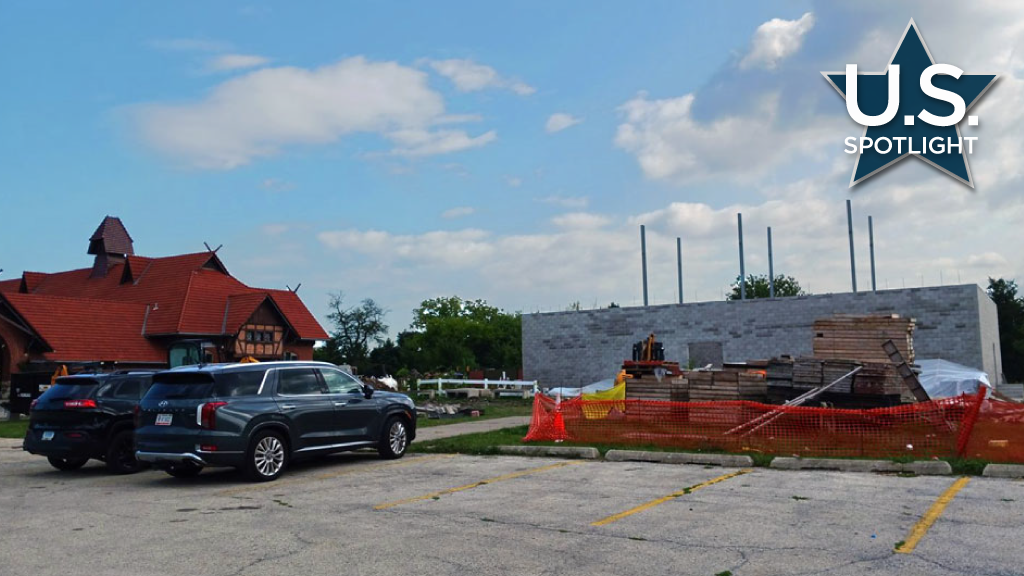

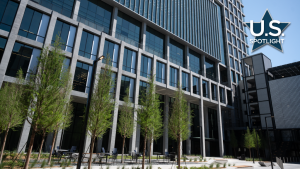

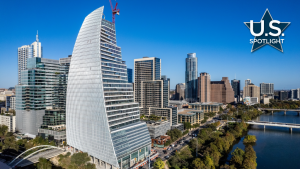
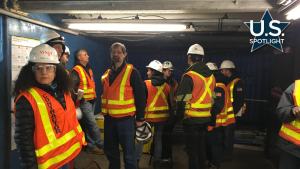

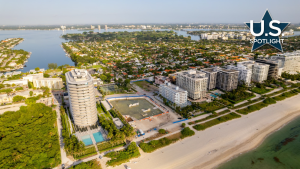

Recent Comments
comments for this post are closed